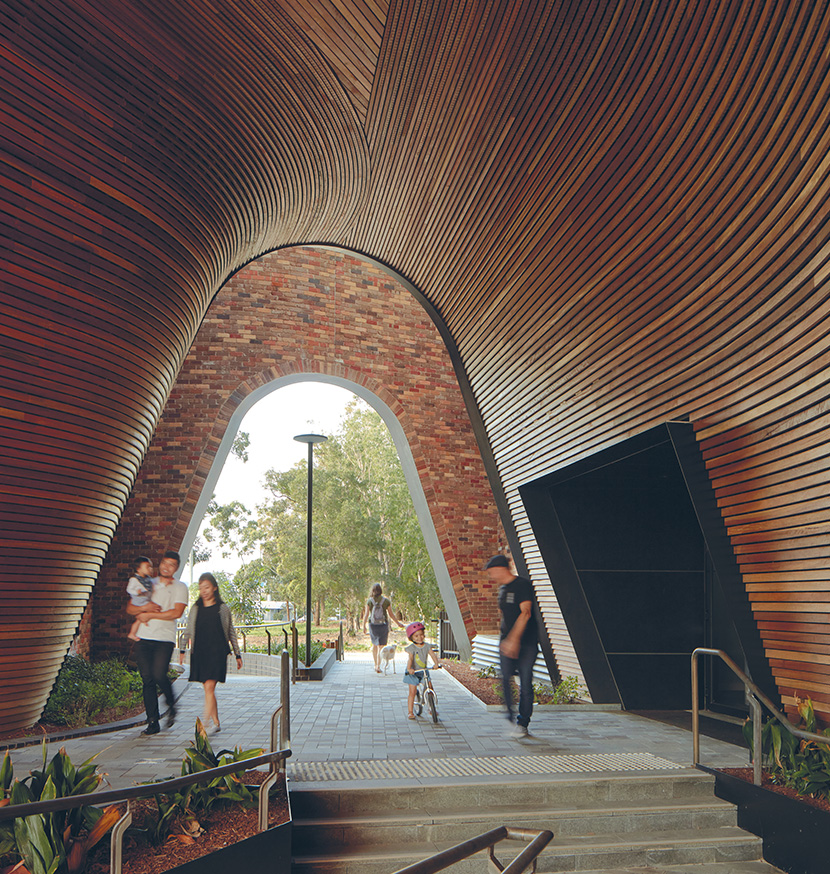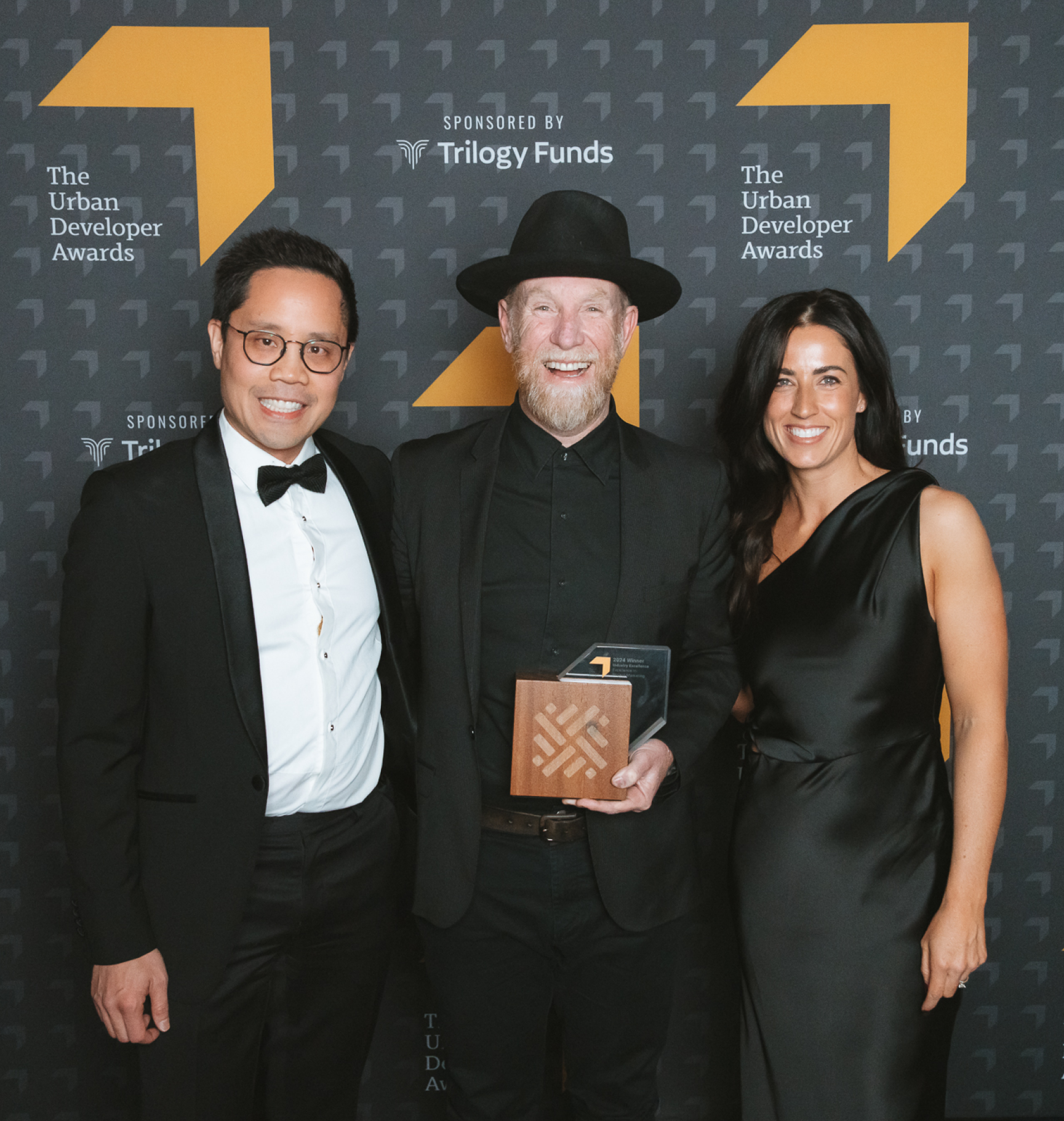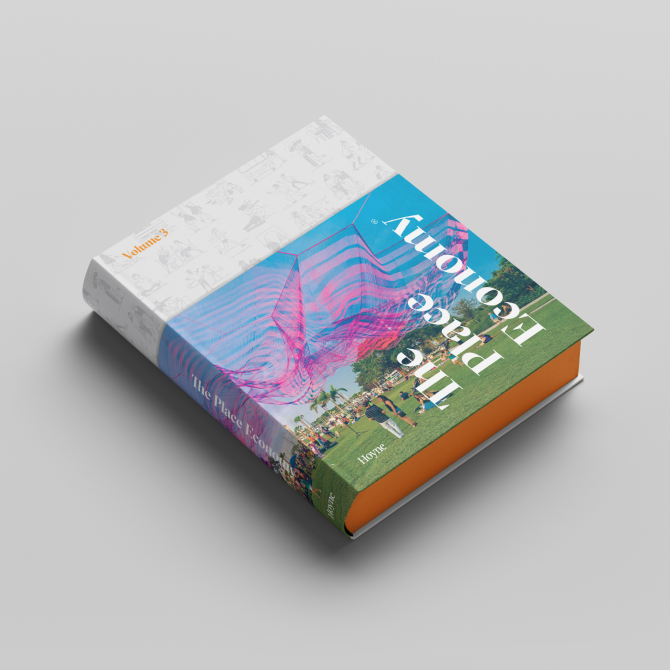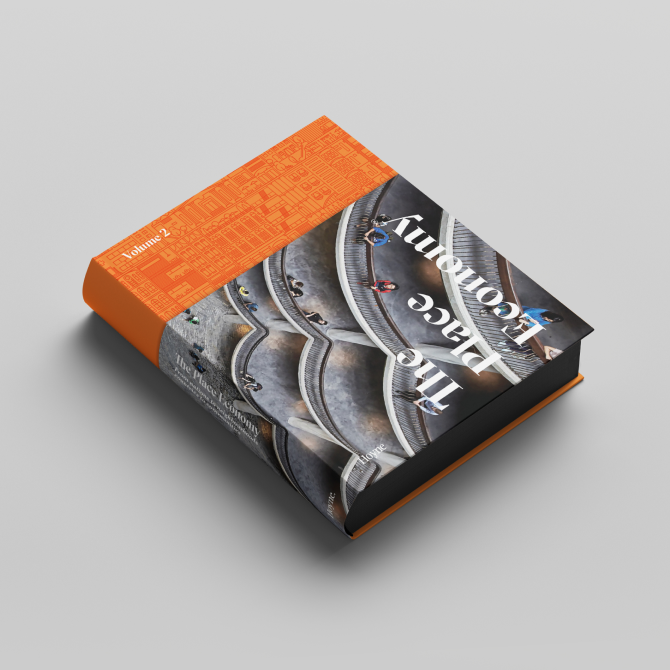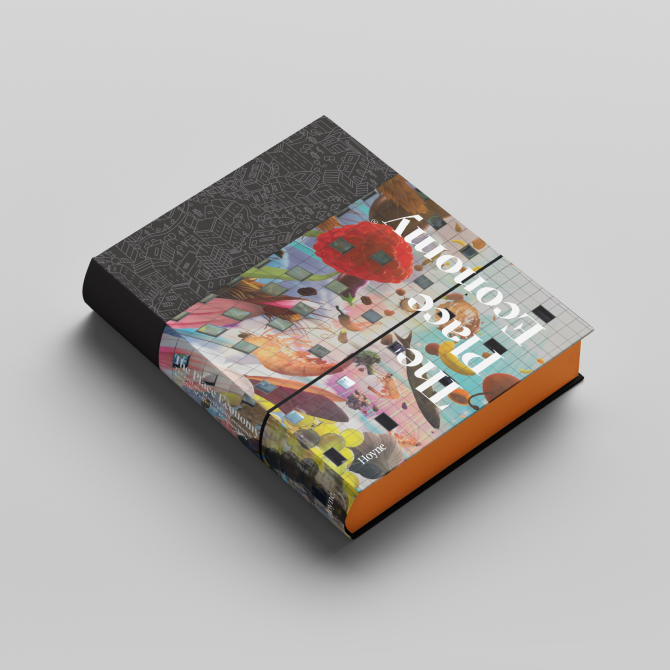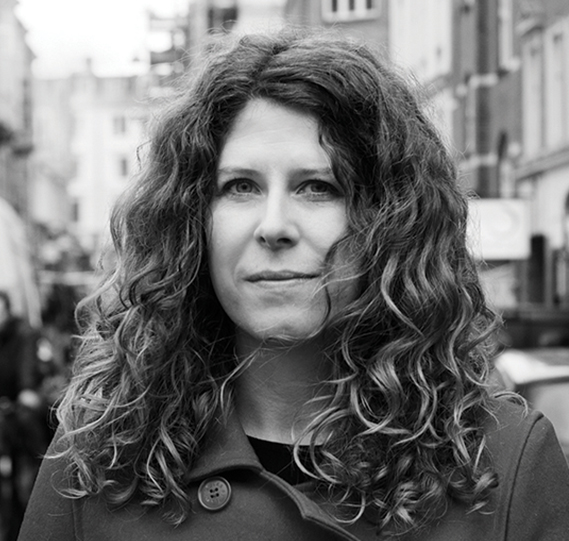
Five minutes with Ewa Westermark
We asked Gehl Partner and Director, Ewa Westermark what makes Gehl unique, why clients want to work with the company and how Copenhagen, one of the world’s most liveable cities, has changed in recent years.
What makes Gehl unique in terms of the processes you undertake to reach outcomes?
The traditional architectural approach focuses a lot on form and design and having that as a catalyst for other things to happen. I think we work in a completely opposite way; we have always worked from another perspective, where we start by talking about place value and understand the existing context of a place from a people perspective. We ask, what is the value for people in this place? Are there opportunities to encourage people to stay in that place? Can you talk to each other, is there amenity, values that you can enjoy, is it safe? All these things matter to people. Can you actually meet other people? Can you have a good time? Can you do something? You need to start with a thorough analysis of these elements to understand what is already in a place and what you can capitalise on. Form is really just something that follows people’s needs once we’ve identified them. For us it’s not the starting point.
What are the things that your clients consider when choosing you as the firm to work with?
The type of developers that approach us have come to realise that creating value is actually based on a more holistic understanding of what the economy is. Gehl is talking about value from a broader perspective, coupled with an accurate insight into people. There’s lots of knowledge and a lot of people that know a lot about how people work, and then there is this big group that knows a lot about the physical environment and can create beautiful buildings. But what we try to do is combine life and form, and see how they interact and how they affect each other in different ways.
How have you seen Copenhagen change in recent years?
Some really positive changes have occured, for instance, the development of the bicycle culture. This is continuously evolving and changing and becoming more refined now as a result of demand. But then I think no city is perfect, and thank God for that because there has to be a learning curve in every city. In our new developments, we need to make the physical environment stimulating for different types of businesses and different functions.
And what’s your favourite part of the city?
I think it’s not just one place, it’s more this evolution of the city, by say a bridge popping up. Suddenly you have the new Inderhavnsbroen, the Inner Harbour bridge, or Olafur Eliasson’s Circle Bridge. These different physical interventions are really a catalyst for a completely new process happening all by itself in the city. I love just watching that happen. For me Copenhagen can illustrate really well how this life and form, or life and the physical environment, interact – so sometimes a bridge sparks completely new life. And of course, new connections and people moving across, which in itself then creates new opportunity for investments and businesses and restaurants.
And what are the big changes that you’ve seen over the last 10 years that you think are really particular to Copenhagen?
Creating public life has been a very important factor for liveability and safety, by expanding the city into the suburbs and finding other ways of delivering that city experience outside the centre. That’s one really important trend, and also having a more playful approach to urban design. Over the last 10 years there has been a big focus on making a city that is friendly to families and combining different strategies, from looking at mobility to housing supply. But there’s still a lot of work to be done in terms of creating better connections and more diversity, looking at the huge social differences that still exist in the city.
Back
